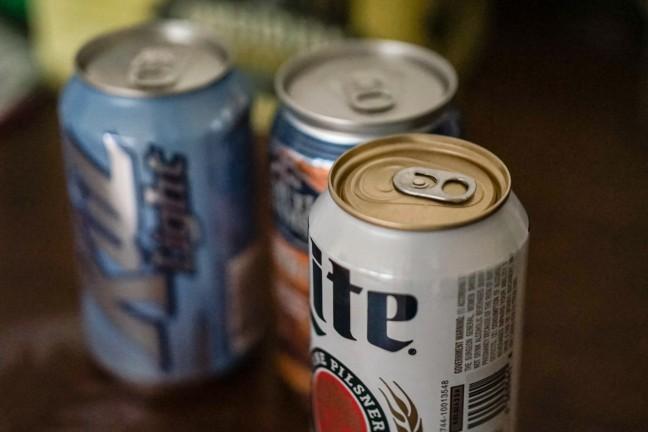Dane County, along with other counties that are home to University of Wisconsin System schools, has the highest rate of binge drinking in the state.
According to an article from Wiscontext written by Assistant Scientist at UW Applied Population Laboratory Malia Jones, urban counties also have higher binge drinking rates than rural counties in Wisconsin.
According to The Burden of Binge Drinking in Wisconsin study, in 2018, there were 2,485 alcohol-related deaths, 6,151 alcohol-related crashes, 79,285 alcohol-related hospitalizations, 1,817 underage alcohol violations in the state and the economic cost of binge drinking per resident mounted to $666.
In Dane County, there were 170 alcohol-related deaths, 5,485 alcohol-related hospitalizations, 472 alcohol-related crashes and 724 persons in an alcohol-related treatment service.
Paying the price: How UW’s drinking culture impacts community as a whole
UW Police Department Officer Barrett Erwin recounted an incident where two boys lifted their intoxicated male friend down the sidewalk at 4am in the morning, who seemed fine upon being checked in on but then passed out and could not regain consciousness. Erwin called 911, saving the boy’s life.
Erwin said these drinking outcomes are present on campus almost every night of the week, especially on Thursday, Friday and Saturday.
“When it comes to binge drinking, we see that it is a component in a lot of our person and property crimes. When we make an arrest for those types of things or investigate it, we often find that alcohol is part of it. Because these things are so dangerous to people and our main priority is public safety, alcohol has become a main priority for us as well,” Erwin said.
According to Jones’ article, the binge drinking rate was the highest in Dane County in Wisconsin. General trends include that the state’s urban areas also had higher drinking rates than their rural counterparts. Areas with a UW System campus also had higher rates.
Erwin said last year, UWPD issued 549 underage drinking tickets, compared to the statewide 1,817 tickets for underage alcohol violations. Nearly half of the underage tickets were given out on campus.
Erwin said drinking is often seen by many as a tool to socialize.
“Alcohol from an economic standpoint … it’s still legal for people over the age of 21 because people get utility of it. They find that they get enjoyment from it and it is a social tool for some folks,” Erwin said.
Erwin further added as coined by the common term liquid courage, Madison might be unique in its urban setting and more lenient liquor access.
UW sophomore Katelyn Miller observed similar trend and said the easy access to State Street for students further drove up drinking rate.
“State Street is basically on campus. When I go out, I feel like I will almost always end up on State [Street]. It’s really convenient, because for a night out, anyone can easily get to State [Street],” Miller said.
Erwin also attributed the high rates of binge drinking on campus to easy access to alcohol.
Erwin said police officers used to conduct ID checks and watch for unsafe drinking behavior at Wisconsin Union, but now the union has installed card readers.
“Downtown bars have declined to follow the example of the unions, which gives the students more freedoms,” Erwin said.
Binge drinking poses serious health risks — keep spring break balanced
According to the study, the economic burden of binge drinking, including increased spending on healthcare, lost productivity, crime and other costs, is often carried by the government, the taxpayers, individuals who binge drink, their families and other members in the society.
In Dane County, the report said the average economic cost of binge drinking is $397.7 million. This includes $39.3 million in healthcare costs, $57.8 million in criminal justice costs, $246.1 million in lost productivity, and $36.5 in other costs.
Erwin said with easier access to alcohol, students are more likely to be in situations where it is possible to drink alcohol unsafely, and consequently the campus must deal with their unsafe behavior that could contribute to personal injury, robbery, assault, or other related crimes.



















